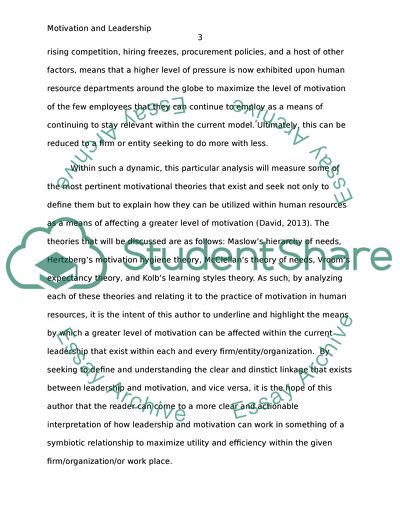Cite this document
(Motivation and Leadership: A Discussion into Operational Theories and Coursework Example | Topics and Well Written Essays - 3500 words - 1, n.d.)
Motivation and Leadership: A Discussion into Operational Theories and Coursework Example | Topics and Well Written Essays - 3500 words - 1. https://studentshare.org/sociology/1807860-leadership
Motivation and Leadership: A Discussion into Operational Theories and Coursework Example | Topics and Well Written Essays - 3500 words - 1. https://studentshare.org/sociology/1807860-leadership
(Motivation and Leadership: A Discussion into Operational Theories and Coursework Example | Topics and Well Written Essays - 3500 Words - 1)
Motivation and Leadership: A Discussion into Operational Theories and Coursework Example | Topics and Well Written Essays - 3500 Words - 1. https://studentshare.org/sociology/1807860-leadership.
Motivation and Leadership: A Discussion into Operational Theories and Coursework Example | Topics and Well Written Essays - 3500 Words - 1. https://studentshare.org/sociology/1807860-leadership.
“Motivation and Leadership: A Discussion into Operational Theories and Coursework Example | Topics and Well Written Essays - 3500 Words - 1”. https://studentshare.org/sociology/1807860-leadership.


